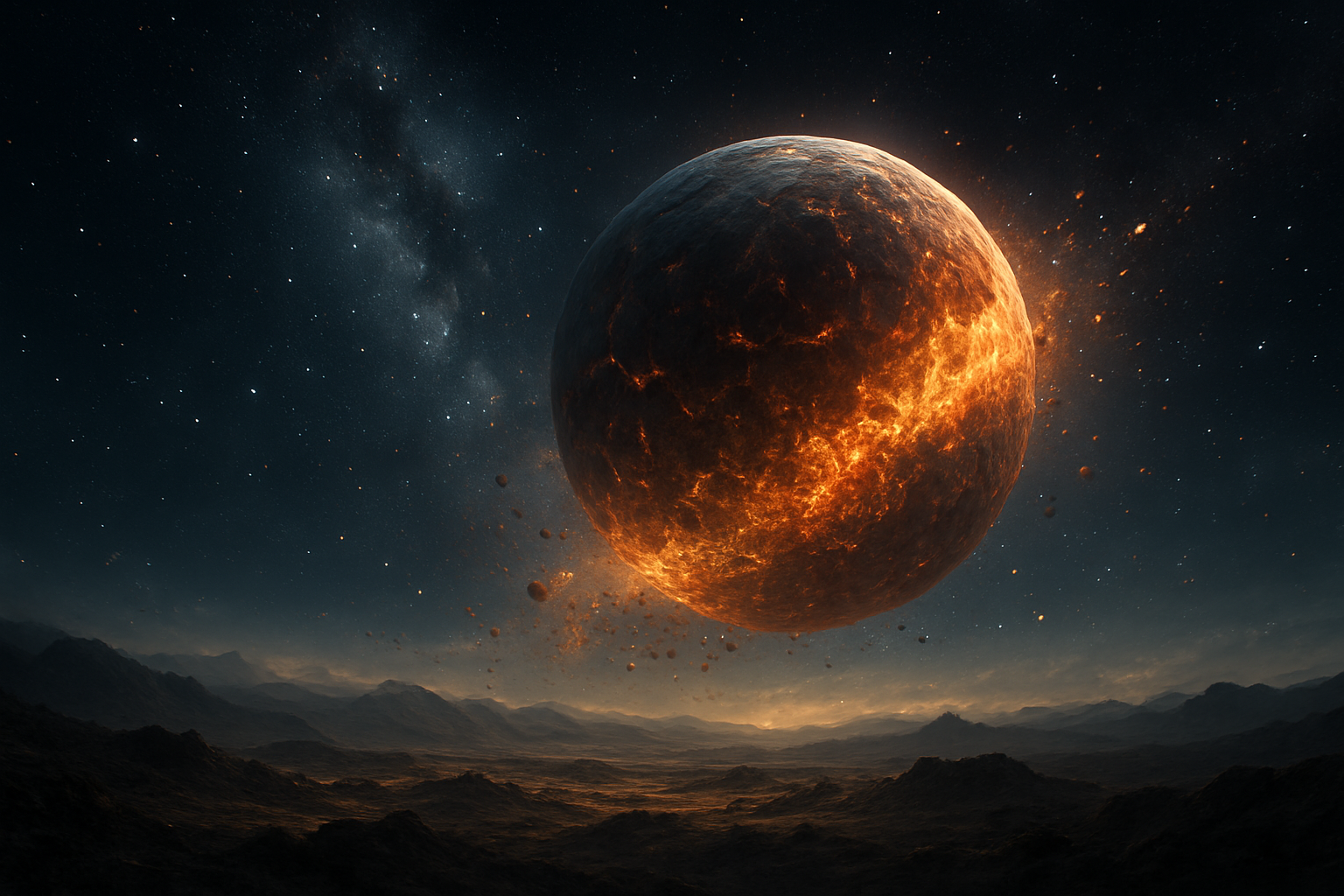The cosmos, a tapestry of seemingly endless wonder, teems with the light of stars and the enigmatic beauty of celestial bodies. Yet, just as life has its ethereal moments of transition, so too do stars and planets experience their own unique forms of extinction. This article explores the poetic tristesse of celestial deaths, often referred to as “petit mort”, the small death, across the vastness of space.
The Fading Glow of Stars
Stars are the quintessential elements of our universe, the fierce beacons of light that guide sailors and inspire poets. Their life cycle is grounded in the balance of nuclear fusion and gravitational forces. However, this glamorous existence is finite.
- Red Giants and White Dwarfs: As a star exhausts its hydrogen fuel, it expands into a red giant. Eventually, the outer layers are shed, and the core contracts into a white dwarf. This process marks a star’s transition from a brilliant blaze to a cold ember, signifying a gradual fading into darkness.
- Supernovae: Larger stars end their lives in spectacular explosions known as supernovae. According to NASA’s observations, these cataclysmic events are among the brightest and most powerful known phenomena in the universe, releasing vast amounts of energy and enriching the cosmos with heavy elements.
- Black Holes and Neutron Stars: If the remnant core of a massive star is great enough, it may collapse into a black hole, a region of spacetime from which nothing can escape. Alternatively, it may form a neutron star, a dense stellar corpse left to spin in the vacuity of space.
Planetary Disappearance
While stars dominate the narratives of cosmic death, planets also face their end, albeit in less cataclysmic but equally fascinating transitions.
- Rogue Planets: Some planets are cast adrift from their parent stars, becoming rogue planets that wander the galaxy alone. According to the European Southern Observatory, these celestial nomads are “not bound to any star and are free-floating through the galaxy.”
- Inward Migration: Planets can also move toward their host star over time until they are consumed. This process, often observed in exoplanet systems, can result in a planet’s fiery end as it gets engulfed by its sun.
- Impact Events: Collisions with asteroids or comets can spell disaster for planets. The famous impact that led to the extinction of dinosaurs on Earth is a reminder of the fragility of planetary life.
The Romantic Notion of Celestial Extinction
Despite the harsh realities of destruction, celestial extinction can be seen through a romantic lens. As French philosopher Gaston Bachelard once noted, “The imagination enlarges our perception of poetic space”. The cycles of celestial death and rebirth illustrate the predictability and inevitability of change.
“We are all made of star stuff,” Carl Sagan eloquently stated. This cycle of creation and annihilation reflects the interconnectedness of the cosmos, where dying stars seed the birth of new stars and perhaps new worlds.
The Implications for Human Understanding
The study of celestial extinction has profound implications for our understanding of the universe and our place within it. From philosophical questions about permanence and destruction to practical concerns about the future of technology and our search for extraterrestrial life, the concept of extinction stretches across disciplines.
- Technology and Knowledge: Understanding the processes behind celestial extinction leads to technological advances, such as developing better models to predict the life cycles of stars.
- Philosophical Reflections: As philosopher A.N. Whitehead observed, “The history of philosophy is the study of oversimplifications.” Celestial extinction challenges oversimplifications, encouraging deeper inquiries into the nature of existence.
- Search for Extraterrestrial Life: Studying these processes helps scientists understand the potential habitability of other planets and the conditions that might lead to life, or its end, in distant star systems.
Conclusion
Celestial extinction, the cosmological petit mort, is a reminder of the ephemeral nature of existence and the countless narratives written across the skies. From the quiet fading of a white dwarf to the violent drama of a supernova, these processes highlight the cyclical, interconnected story of the universe—a story that despite its scale, finds resonance in our hearts.
As we look up at the night sky, we see only a fraction of its beauty, aware that every star has a tale, a lifetime, and eventually, an end. It is in these endings that we find the seeds of new beginnings, an eternal dance between life and death mirrored in the celestial sphere.
For more insights into the cosmic ballet, visit the Space.com and explore humankind’s quest to understand the universe.

Comments